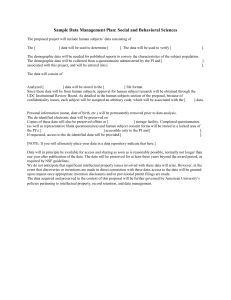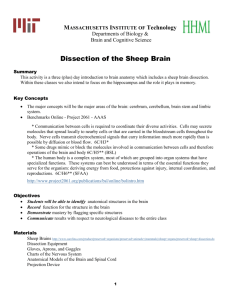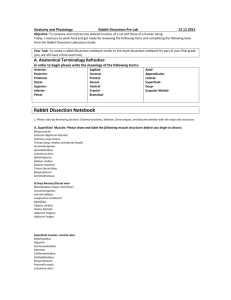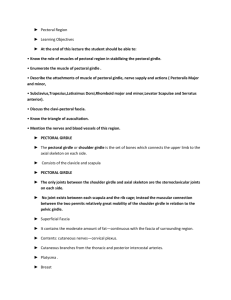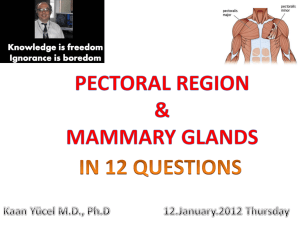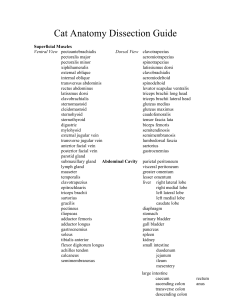Lab10&11.doc
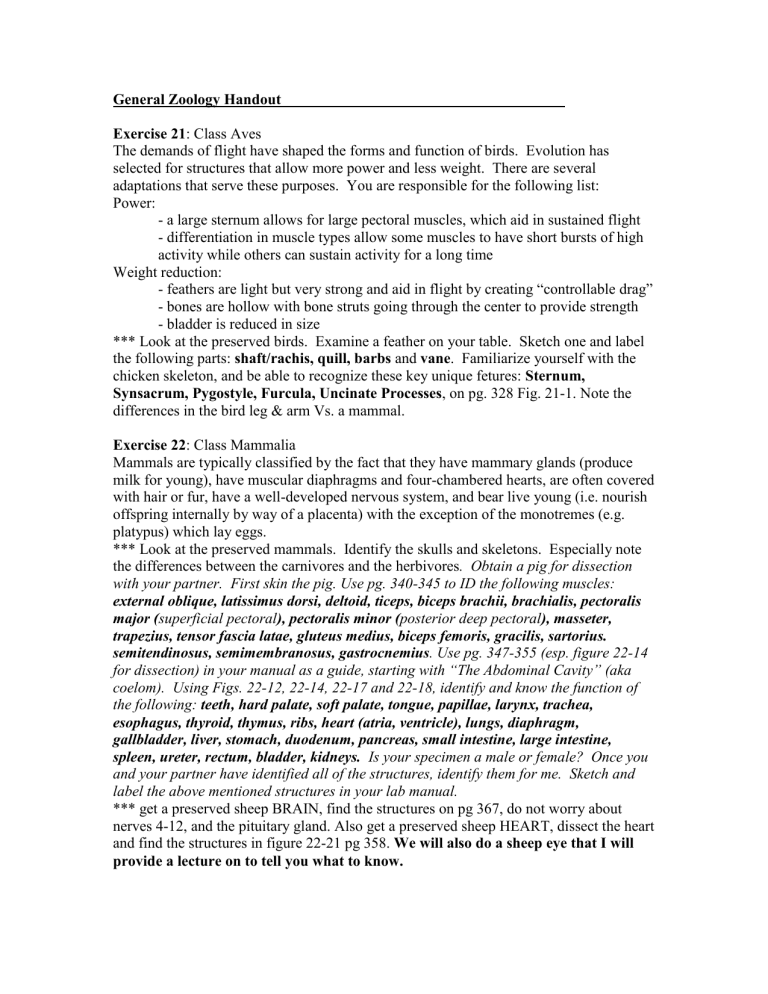
General Zoology Handout
Exercise 21 : Class Aves
The demands of flight have shaped the forms and function of birds. Evolution has selected for structures that allow more power and less weight. There are several adaptations that serve these purposes. You are responsible for the following list:
Power:
- a large sternum allows for large pectoral muscles, which aid in sustained flight
- differentiation in muscle types allow some muscles to have short bursts of high activity while others can sustain activity for a long time
Weight reduction:
- feathers are light but very strong and aid in flight by creating “controllable drag”
- bones are hollow with bone struts going through the center to provide strength
- bladder is reduced in size
*** Look at the preserved birds. Examine a feather on your table. Sketch one and label the following parts: shaft/rachis, quill, barbs and vane . Familiarize yourself with the chicken skeleton, and be able to recognize these key unique fetures: Sternum,
Synsacrum, Pygostyle, Furcula, Uncinate Processes , on pg. 328 Fig. 21-1. Note the differences in the bird leg & arm Vs. a mammal.
Exercise 22 : Class Mammalia
Mammals are typically classified by the fact that they have mammary glands (produce milk for young), have muscular diaphragms and four-chambered hearts, are often covered with hair or fur, have a well-developed nervous system, and bear live young (i.e. nourish offspring internally by way of a placenta) with the exception of the monotremes (e.g. platypus) which lay eggs.
*** Look at the preserved mammals. Identify the skulls and skeletons. Especially note the differences between the carnivores and the herbivores . Obtain a pig for dissection with your partner. First skin the pig. Use pg. 340-345 to ID the following muscles: external oblique, latissimus dorsi, deltoid, ticeps, biceps brachii, brachialis, pectoralis
major (superficial pectoral), pectoralis minor (posterior deep pectoral), masseter, trapezius, tensor fascia latae, gluteus medius, biceps femoris, gracilis, sartorius.
semitendinosus, semimembranosus, gastrocnemius. Use pg. 347-355 (esp. figure 22-14 for dissection) in your manual as a guide, starting with “The Abdominal Cavity” (aka coelom). Using Figs. 22-12, 22-14, 22-17 and 22-18, identify and know the function of the following: teeth, hard palate, soft palate, tongue, papillae, larynx, trachea, esophagus, thyroid, thymus, ribs, heart (atria, ventricle), lungs, diaphragm, gallbladder, liver, stomach, duodenum, pancreas, small intestine, large intestine,
spleen, ureter, rectum, bladder, kidneys. Is your specimen a male or female? Once you and your partner have identified all of the structures, identify them for me. Sketch and label the above mentioned structures in your lab manual.
*** get a preserved sheep BRAIN, find the structures on pg 367, do not worry about nerves 4-12, and the pituitary gland. Also get a preserved sheep HEART, dissect the heart and find the structures in figure 22-21 pg 358. We will also do a sheep eye that I will provide a lecture on to tell you what to know.

